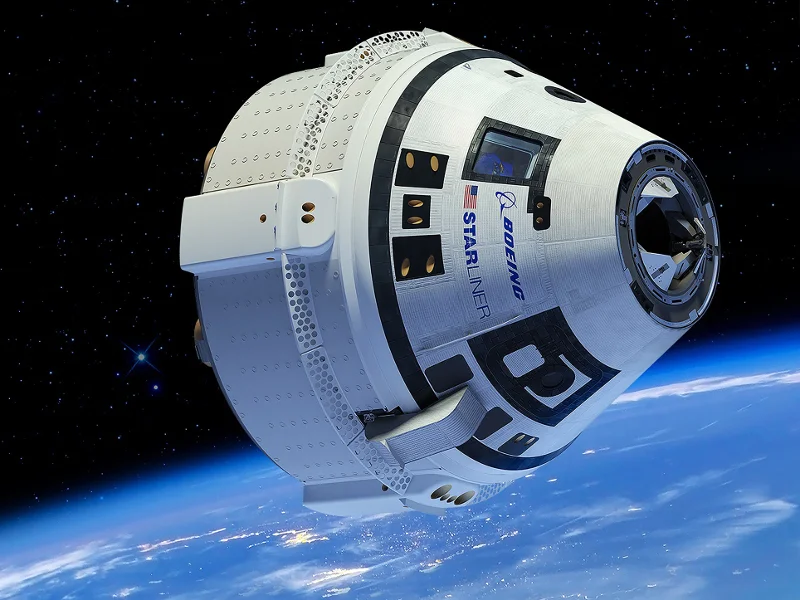RFSaST Rule 136 – Check Your Stuff Works

Image from https://www.aerospace-technology.com/projects/cst-100-starliner/
Everyone here at 3PPP wishes the safe return of the two astronauts Butch Wilmore and Suni Williams who travelled to the ISS on the CST100-Starliner on the 5th of June 2024 with a known helium leak the engineers (wrongly) assessed as within safety and mission parameters.
According to their website though they did try hard to make sure the Reaction Control Thrusters were working before the launch.
You can read about their test procedure here (https://starlinerupdates.com/).
It is unlikely Boeing will risk their lives to complete their mission but as of 5 August, Boeing are confident they can bring the astronauts back in the same vehicle. If not Boeing may have to suffer the embarrassment of the NASA astronauts hitching a lift back to Terra Firma with Space X. If we are in a ‘new space race’ and it was an Olympic event, the score at half time would be SpaceX 9 : Boeing Nil.
Boeing of course is reframing the situation.
They are now calling their first manned mission the CFT (Crew Flight Test), and claiming its objective was only to dock with the ISS. No mention of the, so far failed, component of the mission to achieve safe manned re-entry to Earth. They are now claiming Flight One will be the first test of manned launch and recovery, and that CFT was some kind of manned-pre-manned test. Bit of a semantic juggle there.
Testing of the RCS (Reaction Control System) manoeuvring thrusters continues, and as of this article, Boeing have 27 of the 28 RCT’s operational.
We are currently at day 50+ of a planned 10 day mission. Actually it depends on when and what you read as to the original planned duration – 4 days, a week, 10 days. As the return delays grow, so too does the planned mission duration.
The fault is the helium leaks and the RCS thrusters, where repeated firings caused overheating and shedding of teflon seals. Boeing claims that ground testing alone could not have discovered these faults. Sounds a little suspect. We do wonder if Boeing could have spent the time and dollars running the a thruster to find a point of failure. But we are not engineers so this is just a question.
Over a strong tea in the office we did joke:
Chief Engineer: ‘Oh look, if you use it repeatedly, it craps out. We’ll have to do a redesign.’
Chief Accountant: ‘That sounds expensive.’
Engineer: ‘Yeah, but it’s kinda important.’
Accountant: ‘No probs, just aim straight and we just won’t use the RCS repeatedly to make lots of stupid little fine corrections.’
Engineer: ‘Well…’
Meanwhile the Starliner astronauts are ‘keeping busy with busy work’. Conducting experiments, growing plants and cleaning toilets which sounds like jobs for the unwanted B-team members of one’s family unexpectedly dropping around for the holidays, except this is the International Space Station.
Starliner has to vacate the ISS docking port for the Dragon Capsule (Crew Mission 9) taking off in August 2024. This leaves Boeing with three options:
1. Have enough confidence in the RCS to undock and fly their astronauts home.
2. Lack confidence to get the crew home safely and return their astronauts on board the Dragon capsule. Meanwhile, remotely pilot the craft for a unmanned return and risk the loss of RCS leading to a burn up, or worse skipping off the atmosphere and being low orbit space junk.
3. Remotely undock and pilot the capsule up into higher orbit, abandoning the capsule as high orbit space junk. Return their astronauts on board the Dragon capsule.
Whatever they choose, August 2024 is crunch time.
